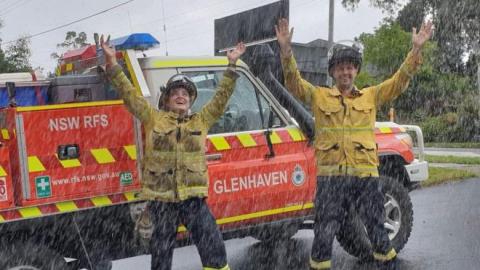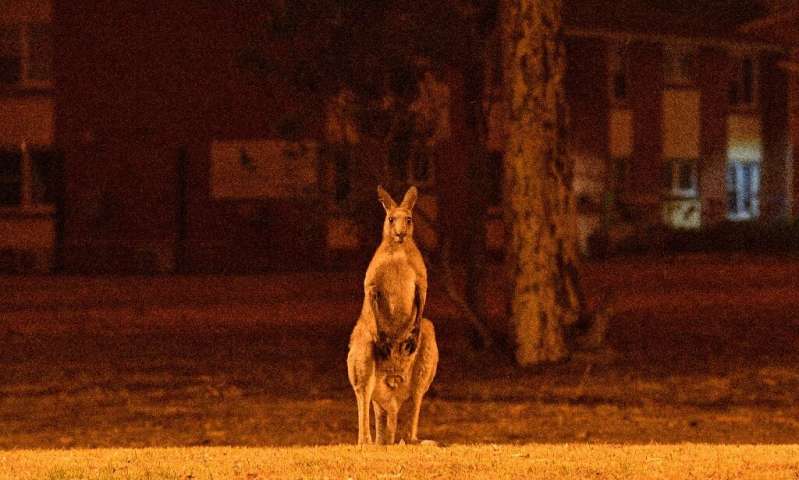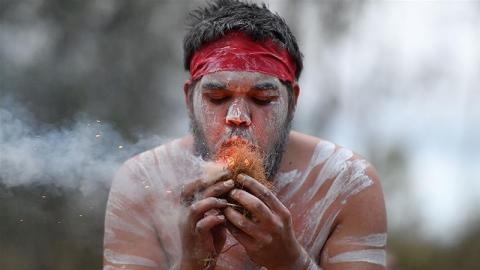
No one could be happier than us that Australia has finally had a reprieve from the devastating fires.
A massive dump of water - more than 400mm (15.7in) in some places - caused flooding and transport chaos, but also helped finish off many of the fires.
While we appreciate the rain, the world has endured a horrendous loss with the destruction of homes and habitats on a massive scale with an inestimable number of animals killed. The rescue of Australia’s charismatic megafauna, the koalas and kangaroos, have captured our hearts.
According to VOX News, “Since September, at least 27 million acres of Australia have burned in one of the country’s worst fire seasons on record. That’s an area larger than Portugal, and more than 14 times the area that burned in California in 2018, the state’s most destructive year for wildfires.
The fires have now killed at least 29 people and destroyed some 2,500 homes. The destruction to the country’s land and biodiversity is harder to fathom. An estimated 1/2 billion animals have been lost, and scientists fear long-term damage to many sensitive ecosystems.”

Australia is home to many unique, endemic (found only there) creatures. Most of these creatures cannot move fast to escape fires or, if they can move, they will find no food or shelter. Thousands of fruit bats, also called flying foxes, have died from heat stress and the bush fires. And, the trees they roost in and feed from are gone so volunteers have rescued abandoned infant bats.
And then there are the millions of small creatures we don’t usually see or notice, the incredible biodiversity that makes Australia unique. “Invertebrates make up more 95 percent of animal species and the vast majority of animal biomass,” What happened to them and their habitats? “Velvet worms, trapdoor spiders: Scientists worry about the fate of the nation’s many remarkable, overlooked endemic creatures.”
While the rains are most welcome—they do not come without their own problems as the rains wash sediment into the region’s rivers, lakes, and estuaries. What will that mean for the fishes and invertebrates that live in these ecosystems?
Climate Connection
Climate change is making Australia hotter and drier, and 2019 was the driest on record, with longer and more frequent periods of extreme heat. Scientists predicted that climate change would bring longer and more intense fire seasons to Australia: they were right.
“The wildfires decimating Australia, killing people, ravaging wild habitats and pushing communities and firefighters to their absolute limits are growing and coalescing into the country’s worst peacetime catastrophe precisely because of climate change,” said Paul Read, a co-director of the National Center for Research in Bushfire and Arson at Monash University in Melbourne.”
The same conditions, hotter and drier than normal, are occurring in many other around places around the world including California, Alaska and Siberia. "Since the 1980s, the wildfire season has lengthened across a quarter of the world’s vegetated surface.”

And wildfires produce more carbon dioxide adding to the climate crisis. Australia’s fires of 2019-2020 have produced about 400 million tons of carbon, already surpassing two-thirds of the country’s annual human-made carbon emissions. And the bushfires were expected to contribute 2% to the increase in the atmospheric concentration of major greenhouse gases.

Can Indigenous Aboriginal ‘Native Burns’ Help?
As stated in a recent NYT article, “We most certainly should learn to burn Aboriginal-style,” said Bill Gammage, a professor at the Australian National University in Canberra. “Our firefighters have quite good skills in fighting fires. But for preventing them, they are well short of what Aboriginal people could do.”
Indigenous Aboriginal people of Australia start their small ‘cultural burns’ in the center of the forest so as to warn animals to seek refuge in outer lying territories thus protecting their survival while also rebuilding their habitat.
Australia’s indigenous people have long understood that both plants and animals need fire to maintain healthy habitats. Prescribed burns reduce the competition between weedy species and native species and encourage a better establishment of the native vegetation which slowly displaces weeds. The process also returns nutrients to the soil, making them readily available for the next generation of growth.
Additionally, cultural burns are typically planned so they do not coincide with mating and nesting seasons. Cultural burns have long been conducted during seasons when animals are dormant and not at risk of injury from fire.
“Cultural fire means everything. It means healing Country and when you heal Country, you heal people.” — Wurundjeri Elder Dave Wandin
Additional Resources:
Source: Cool burns: Key to Aboriginal fire management - Creative Spirits, retrieved from https://www.creativespirits.info/aboriginalculture/land/aboriginal-fire-...
Watch this video about the increase in carbon emissions from fires 2003-2018.
Watch this video about how indigenous fire practices help protect land.















